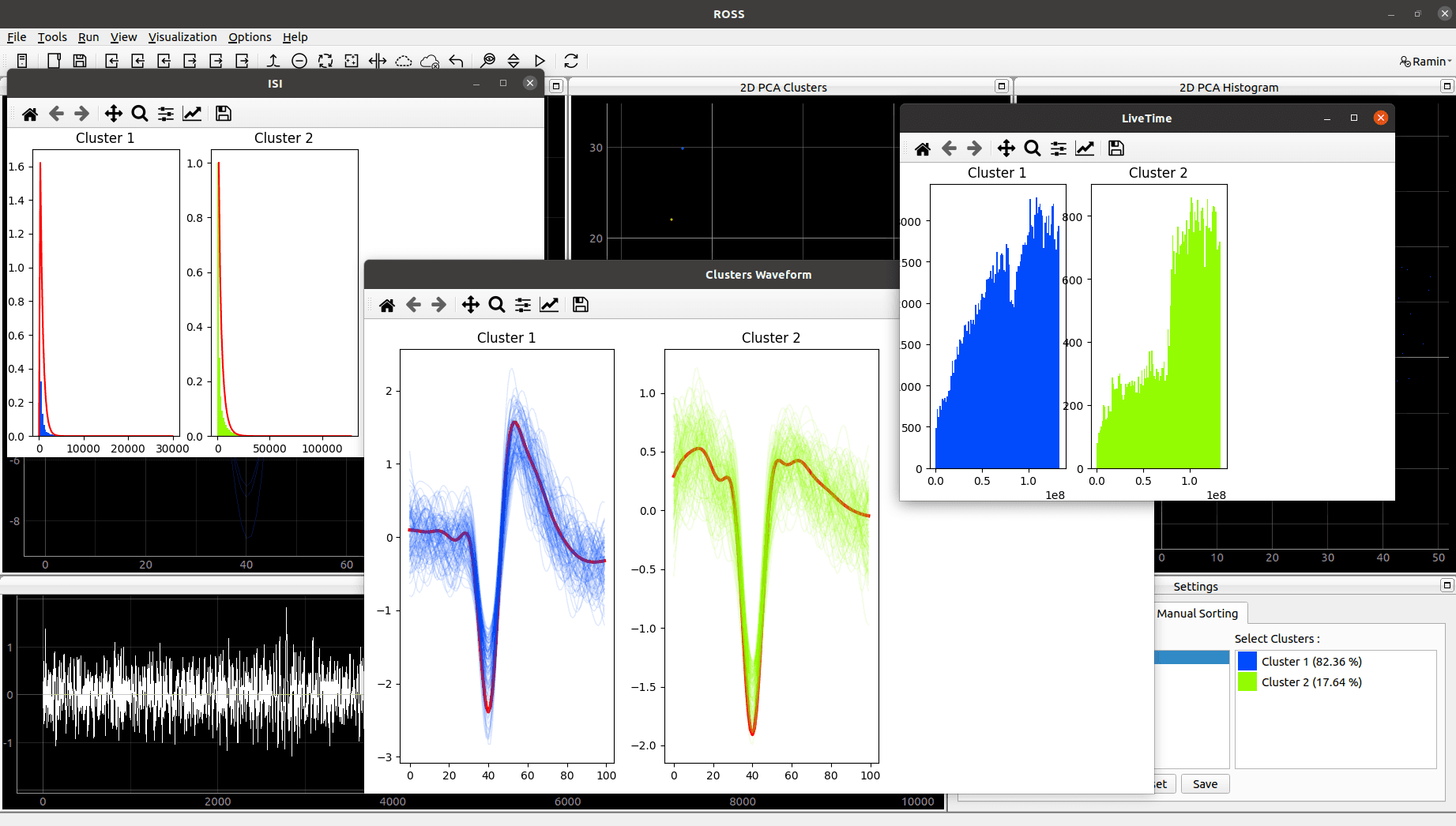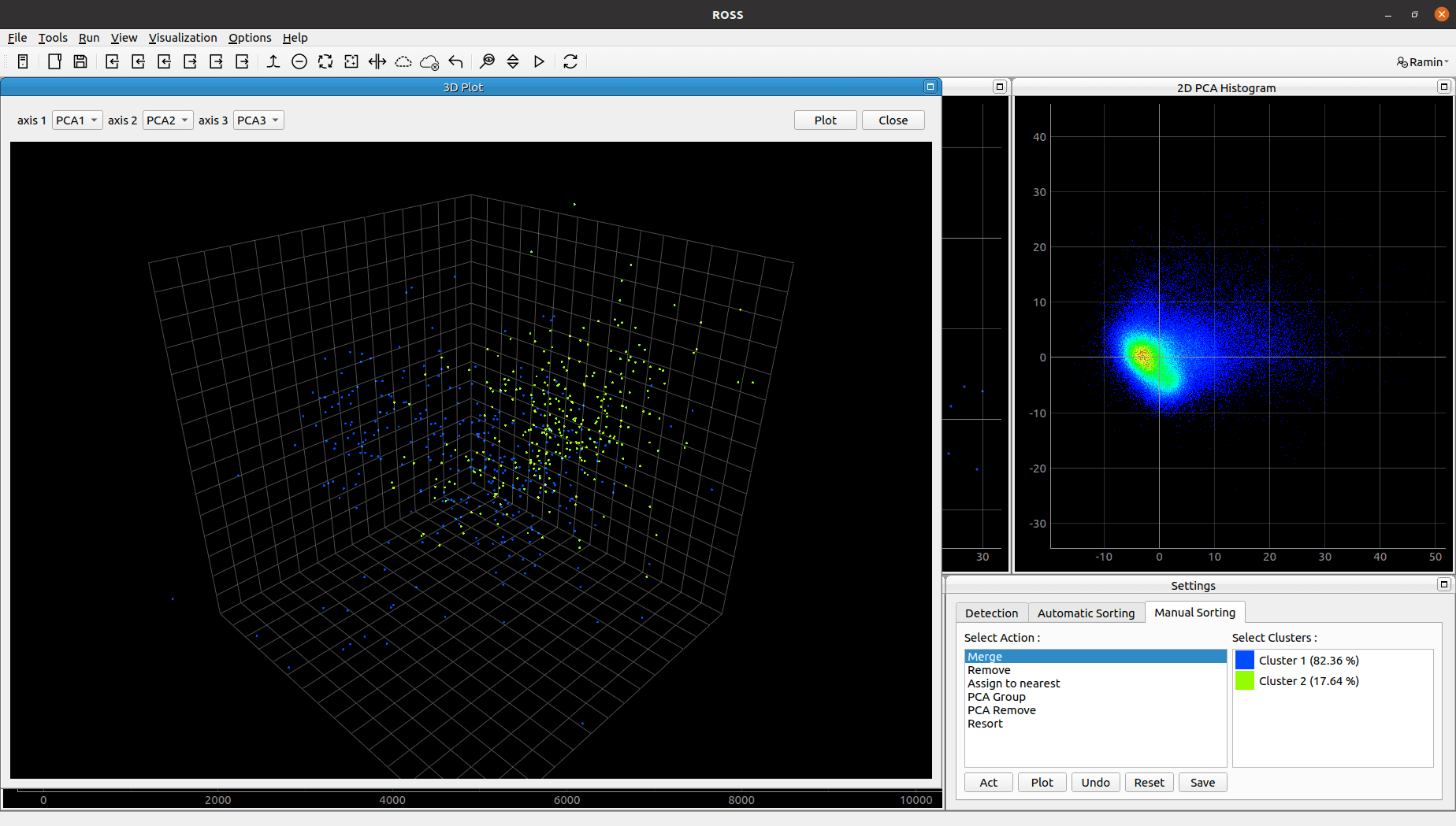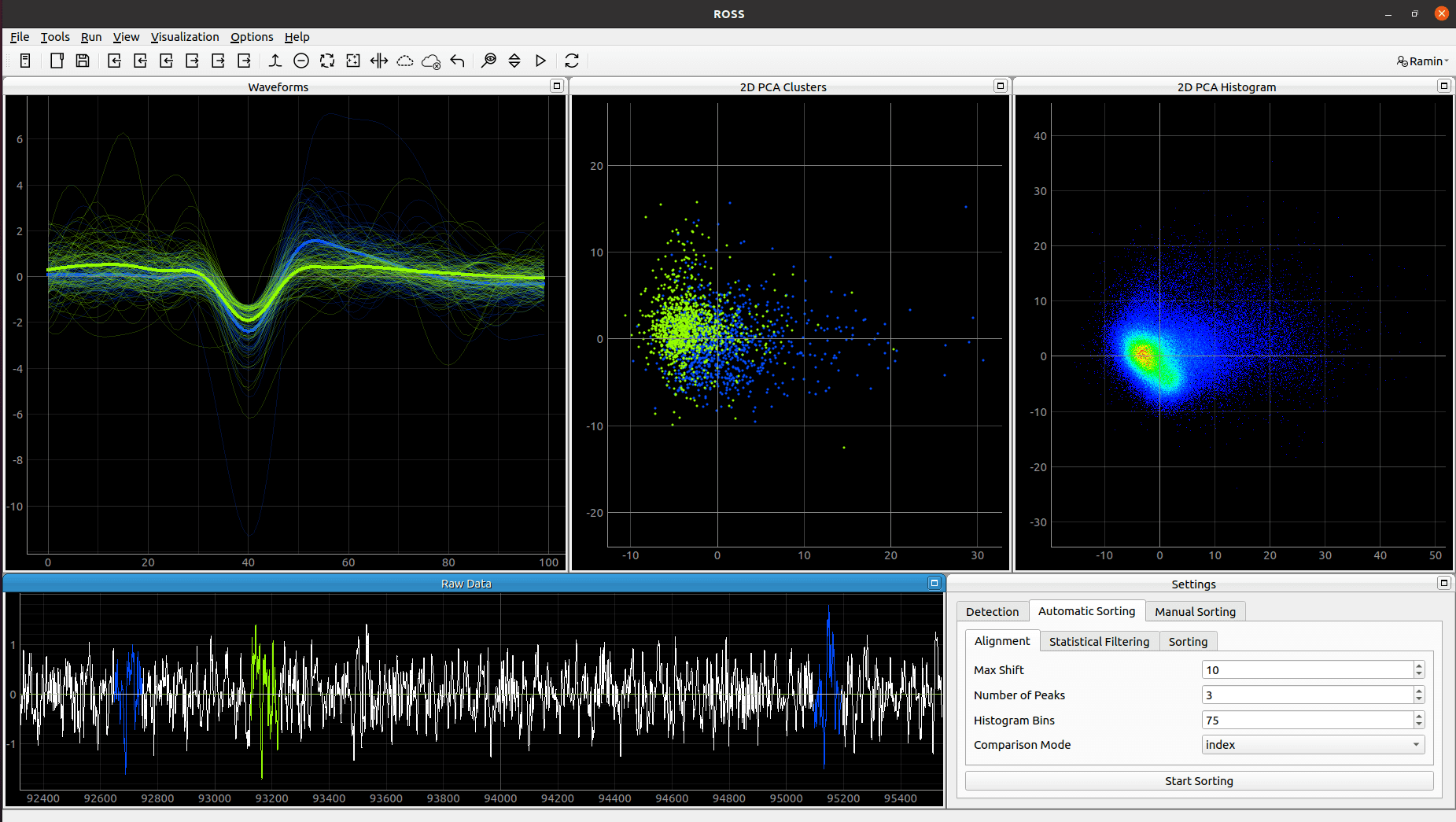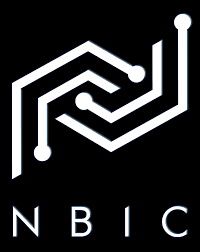Ross
Offline Spiking Neural Sorting System

Product Introduction
In neuroscience, extracellular recording provides a method for measuring neuronal activity. When a neuron fires (creates an action potential or spike), a weak electrical signal that flows through membrane areas changes the neuron's electrical potential. To record this, a microelectrode is inserted into the brain. These microelectrodes should be conductive; they are primarily made of glass micropipettes or metallic microelectrodes made of platinum or tungsten. Microelectrodes can be placed near the cell membrane with precision, enabling extracellular recording.
But why are these recordings and their analysis results important to us? The results of these analyses are used in both medical fields and human-machine interfaces. Researchers can link brain activity to behavior by observing neural activity at the level of neurons and create neural maps that describe information flow through the brain. This leads to better treatments for diseases like Parkinson's. Also, a deeper understanding of how the brain works contributes to the development of better brain-computer interfaces.
Extracellular recording often simultaneously records the activity of several neurons along with background noise. Spike sorting is one class of techniques used in analyzing electrophysiological data. Spike sorting algorithms use waveforms collected with one or more electrodes in the brain to separate the activity of one or more neurons from background electrical noise. Therefore, using spike sorting software is the first step towards studying the recorded brain signal.
Project Application
Monitoring neuronal activity is one of the foundations of understanding brain behavior. The extracellularly recorded potential is a combination of activities of numerous neurons, obscured by noise. The main stage in analyzing extracellular data is distinguishing between different neuron activities. Spike sorting is a process that assigns each identified spike (signal jump) to the relevant neurons. ROSS is an offline spike sorting software based on MATLAB that helps researchers effectively perform automatic and manual sorting tasks. Several functions have been considered for correcting automatic sorting results, such as merging and noise removal. Additionally, useful visualizations have been provided for achieving better results. This product can be used in various positions, which we will mention.
Also, beneficial visualizations have been provided for achieving better results. This product can be used in various positions, which we will mention.
- Single-cell signal recording laboratories: In these labs, spike sorter software is an indispensable part of the brain signal analysis and processing process.
- Laboratories and research related to EEG: EEG signals are another type of brain activity recording with many scientific and industrial applications. Spike sorting is also the first step towards decoding the information present in EEG signals here. From spike sorting for detecting activities in EEG, which is somewhat equivalent to the same spike in single-cell signals, benefits can include improving decoding performance and targeted decoding.
- Brain-computer interface: Brain-computer interfaces are among the hottest topics of recent years. In these interfaces, decoding brain behavior requires detecting activities and distinguishing them from basic brain behavior. Spike sorting software, with minor modifications, can be used as a module in these systems. This module will have similar behavior to what it has in decoding EEG signals.
- Recording brain behavior with a feedback loop: The second generation of brain recording involves interactive recording using feedback. In this type of recording, it is necessary to analyze brain behavior during recording and apply appropriate feedback to change external stimuli accordingly. In this loop, spike sorting is the first step towards analyzing the received signal for applying feedback. Spike sorting in this loop increases the accuracy of analysis and improves the application of feedback.
- Neurofeedback: Neurofeedback, neurotherapy, or neuromodulation is a type of biofeedback where brain function is displayed in real-time on a screen. This system is used for rehabilitation and precise control over brain function training. Neurofeedback essentially considers biofeedback that aims to create and train self-regulation by using EEG recording and providing neural feedback to the individual. Given the importance of detecting activities in EEG signals in neurofeedback, the role of spike sorting here is in identifying activities and categorizing them.
Some Visualizations of the Software



You can see the codes related to this product below.
https://github.com/ramintoosi/ROSS/tree/v2LinkedIn Link
https://www.linkedin.com/company/cortexli/Beneficiaries:
Tehran University NBIC Research Center

Basic Sciences Research Institute


